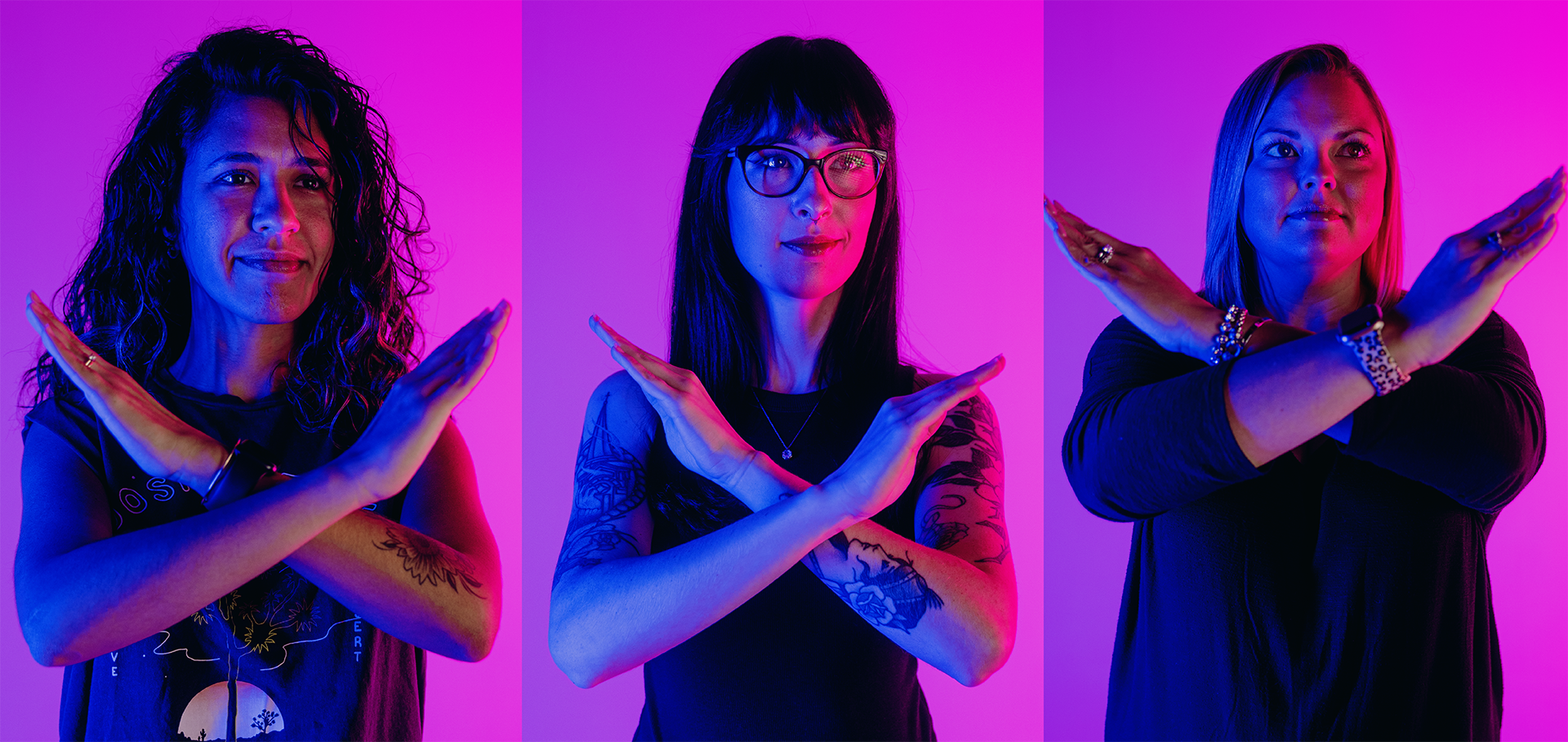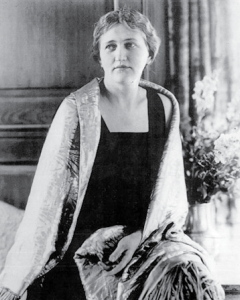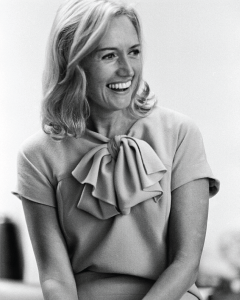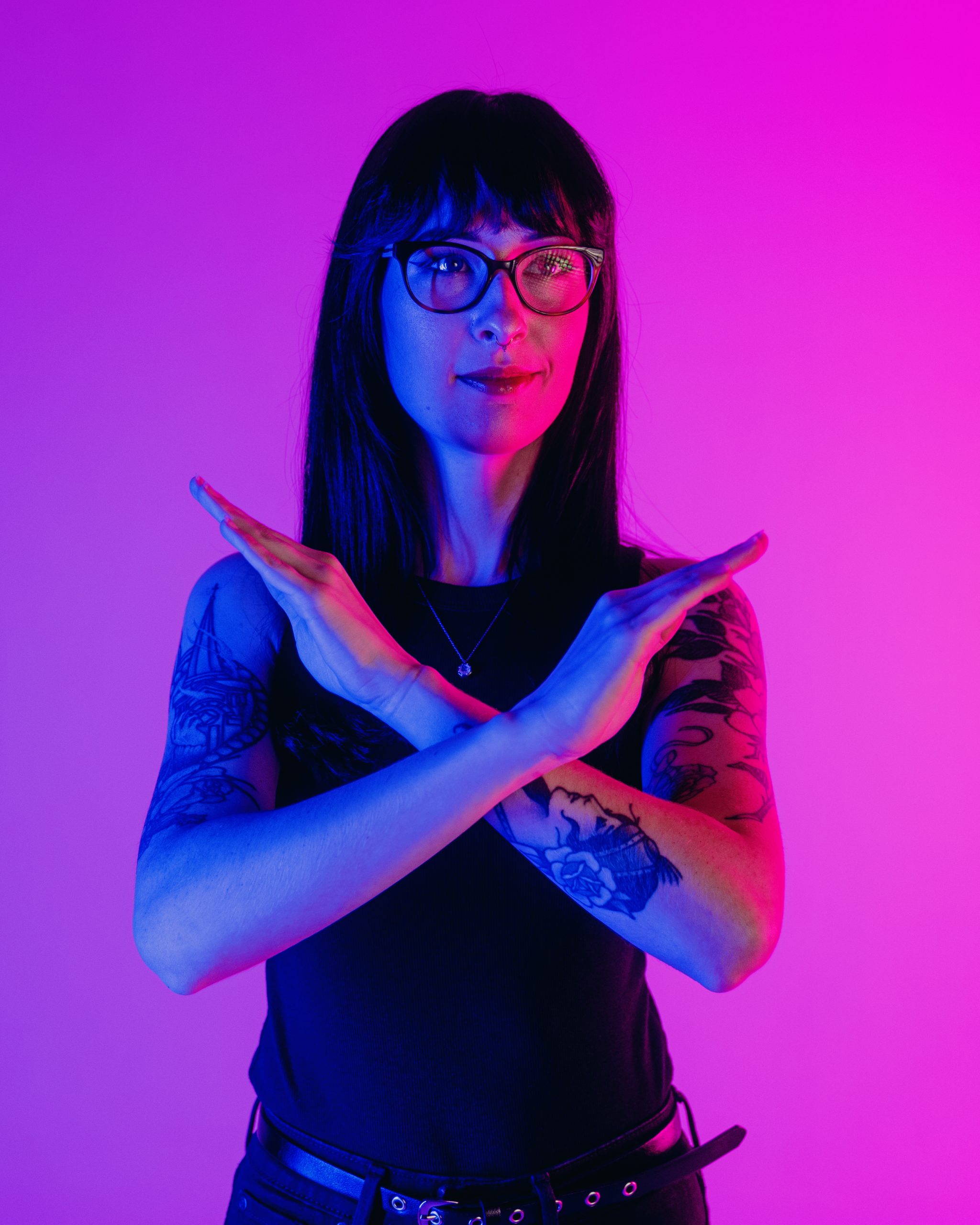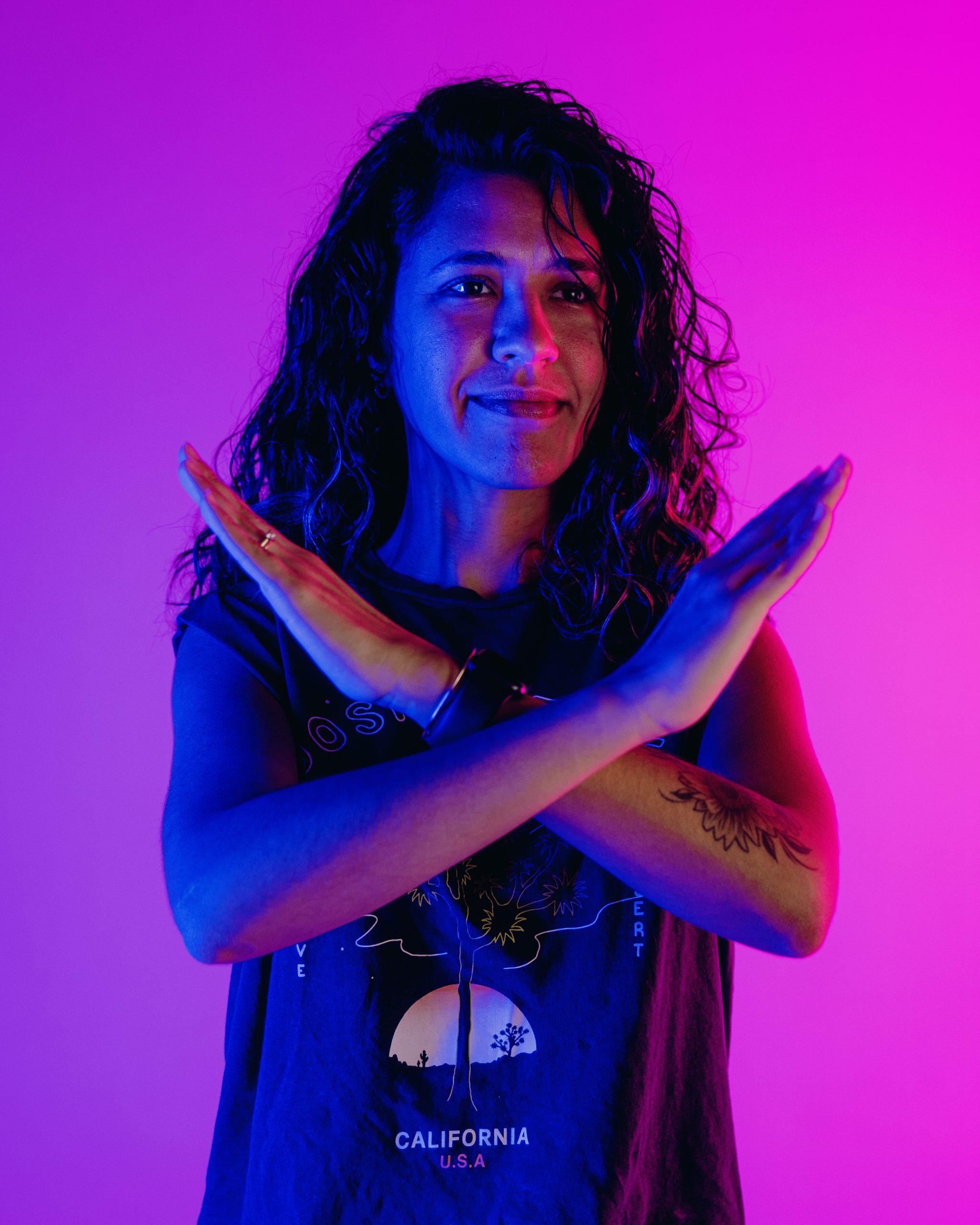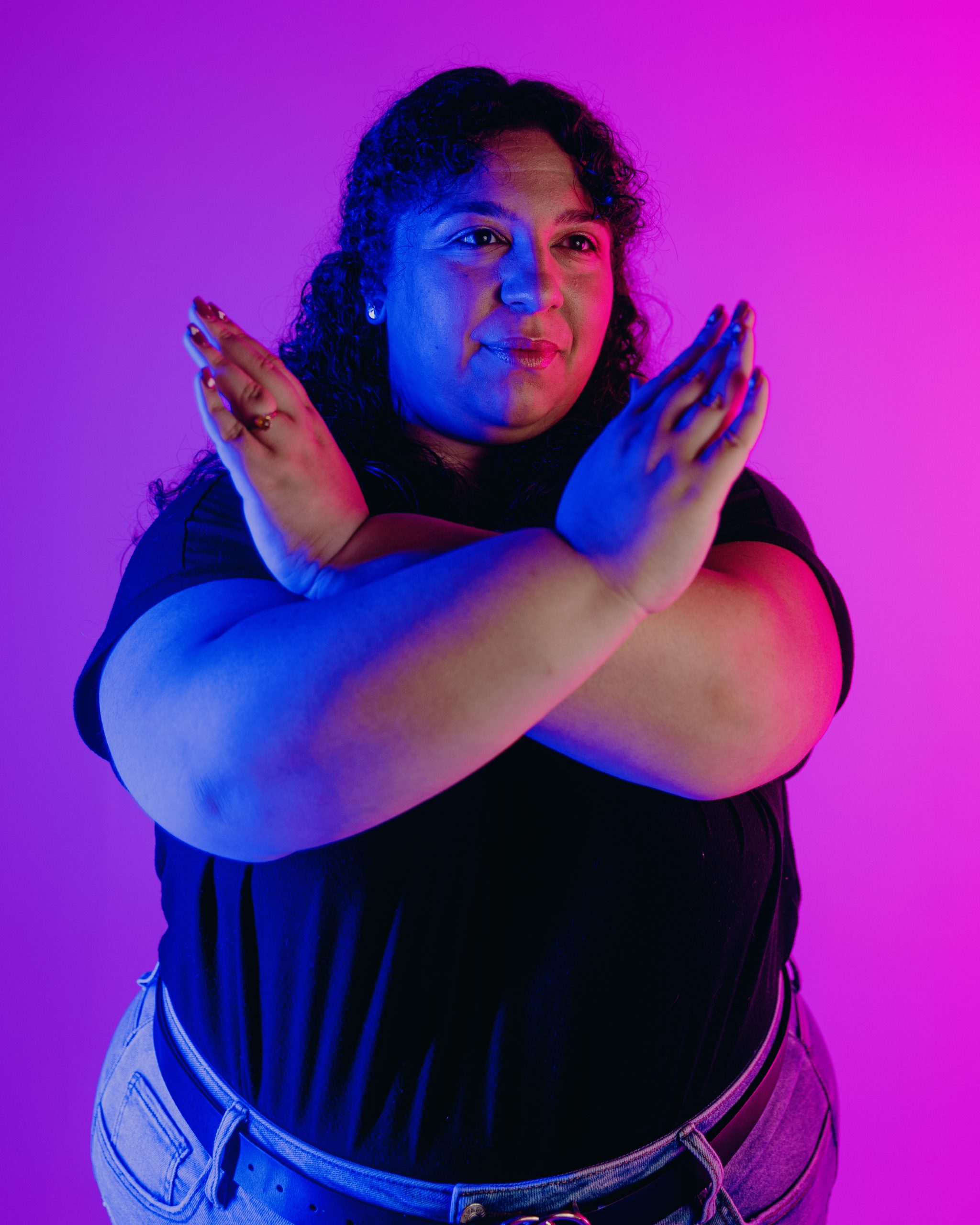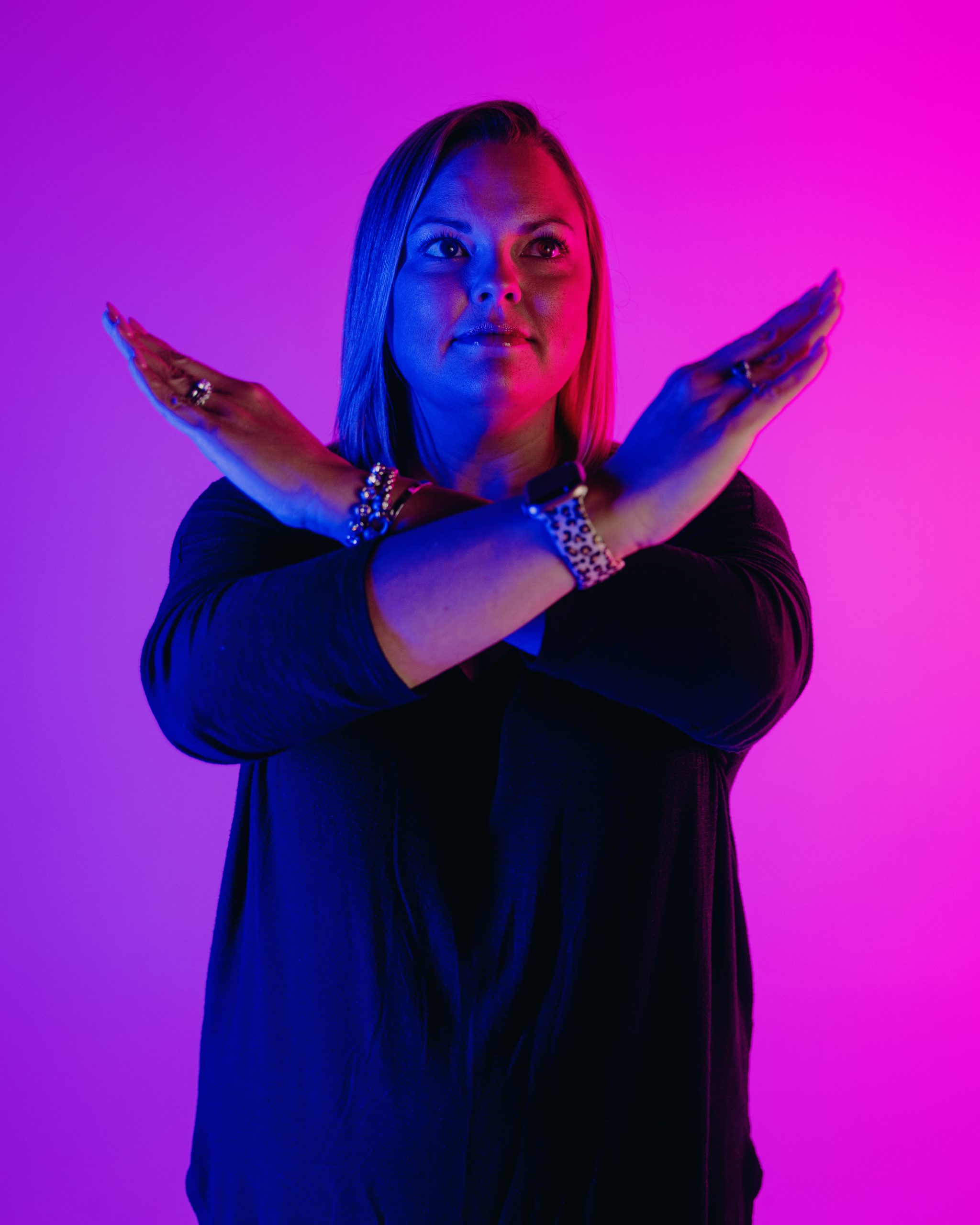Caroline Robinson Jones
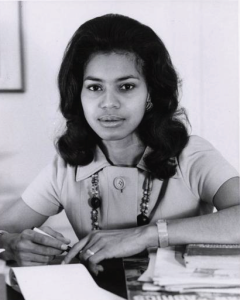
Caroline Robinson Jones is one of the most prominent black women in the advertising industry, whose trailblazing career spanned more than four decades. She was the first African American to earn a coveted position as a copywriter at J. Walter Thompson Co. In 1968, Jones left the firm to join Zebra Associates, one of the nation’s first Black-owned advertising agencies. In the decades that followed, she launched and helped found several other black-owned ad agencies as well as her own, Caroline Jones Advertising, whose client list included dozens of national brands and advocacy organizations, from American Express to the National Urban League. She produced some of the most unforgettable campaigns in advertising history, such as “Because You’re Worth It” for L’Oreal and “We Do Chicken Right” for Kentucky Fried Chicken.
Jones fought to diversify the representation of people of color in the predominantly white male advertising industry and broke glass ceilings at a number of agencies. However, she still struggled with the presumption that her work would only address and influence Black consumers. In one instance, she recommended that Campbell Soup Company focus on people’s emotions rather than showcasing products. The campaign became so popular with Black consumers that Campbell Soup Company decided to adapt it for its national campaign. However, Campbell decided to interchange the black individuals in the ad with white individuals before launch.
Despite the accomplishments she had achieved and the biases she fought against, Caroline Robinson Jones is the only woman listed here not to be inducted into the Advertising Hall of Fame.
Because of these women, women continue to #BreakTheBias today, becoming CEOs, directors, and managers in the industry. Over time, with more women coming into the field, we have also seen more campaigns uplifting women and fighting against stereotypes typically used when advertising. This shift is forcing advertisers to learn a new way to advertise without relying on stereotypes and instead find new ways to promote and sell their product or service with confidence and empowerment.
Campaigns such as Always’ “#LikeAGirl,” Dove’s “Real Beauty,” and Nike’s “Better for It,” all strive to boost the confidence and pride in young girls and women and fight against societal limitations. We can predict to see more campaigns like this in the future that continue to push the boundaries women are placed in within society.
